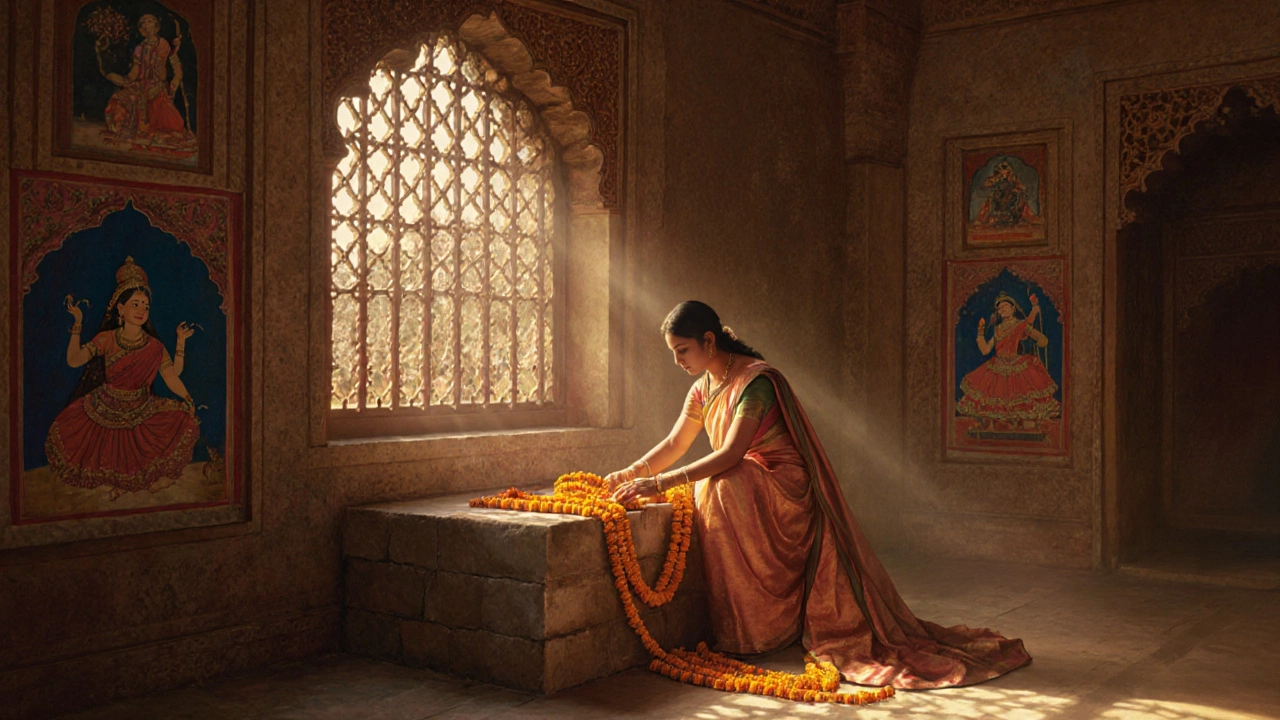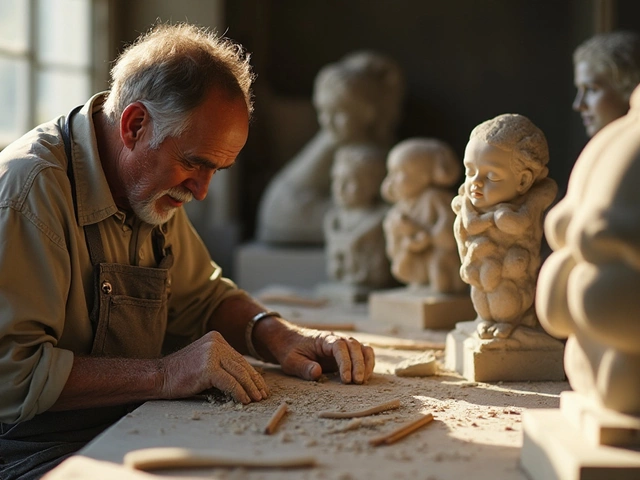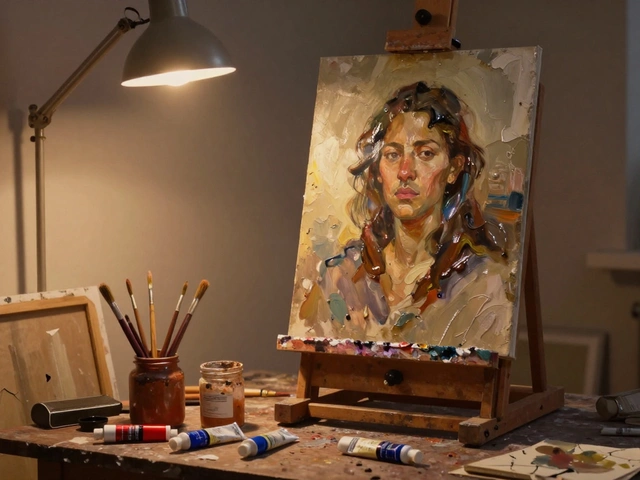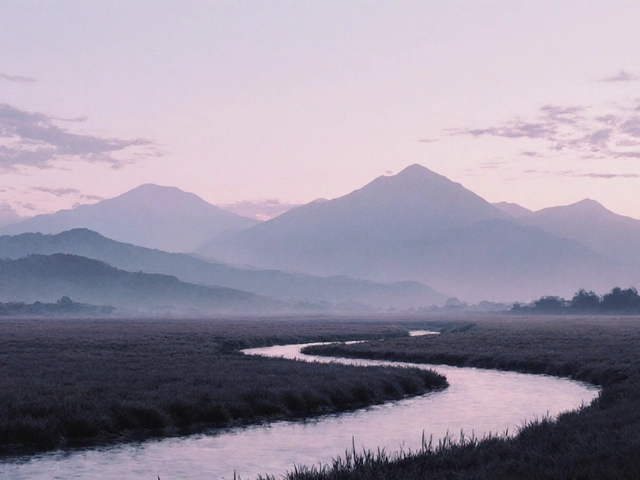Indian classical arts: Tradition, techniques, and why they matter today
When we talk about Indian classical arts, a centuries-old system of expressive performance rooted in spiritual and philosophical traditions. Also known as classical Indian performance arts, it includes dance, music, and sometimes poetry—all designed not just to entertain, but to move the soul. These aren’t relics locked in museums. They’re living practices passed down through generations, with rigorous training, deep symbolism, and rules that still guide today’s performers.
At the heart of Indian classical music, a system built on ragas (melodic frameworks) and talas (rhythmic cycles). Also known as Hindustani and Carnatic music, it’s not about playing notes—it’s about breathing life into them. A raga isn’t just a scale; it’s a mood, a time of day, even a season. And Bharatanatyam, a classical dance form from Tamil Nadu that blends precise footwork, expressive gestures, and spiritual storytelling. Also known as South Indian temple dance, it’s a full-body language that tells myths without a single word. These aren’t random movements. Every hand gesture, every step, every pause carries meaning. You don’t learn them in a week. You spend years mastering just a few.
Why does this matter now? Because in a world of quick videos and instant content, Indian classical arts remind us that depth takes time. They’ve influenced modern dancers, composers, and even digital artists trying to capture emotion beyond pixels. You’ll find artists today blending these forms with contemporary styles—not to replace them, but to carry them forward. The posts below don’t just mention these arts. They show how they’re taught, preserved, and reimagined by people who still believe in their power.

The 63 arts are ancient Indian skills that blended daily life with creativity-from singing and painting to arranging flowers and whispering love notes. Still practiced in pockets today, they offer a quiet counter to modern speed.





